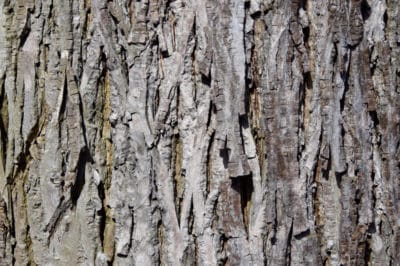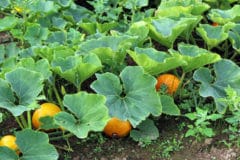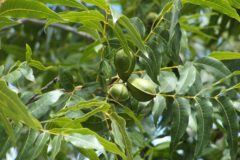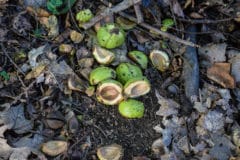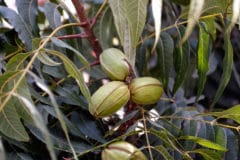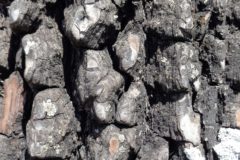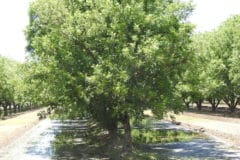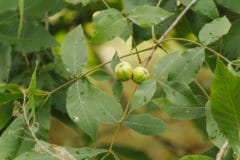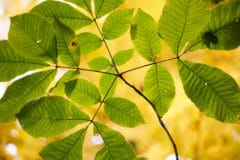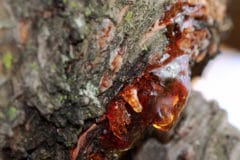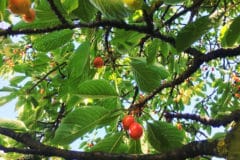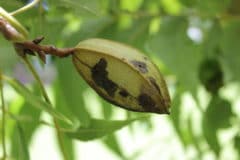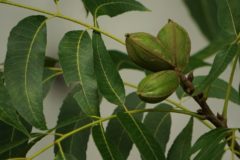Hickory Bark Appearance
Mature hickory tree bark grows in vertical ridges. The ridges have different depths and spacing, but they’re always vertical. That said, only four of the dozen hickory tree species native to the United States have truly distinctive bark:
- The bitternut hickory’s (Carya cordiformis) hard, thin gray bark develops a silver cast and shallowly ridged furrows as it ages. They sometimes create a faint “X” pattern.
- The pignut hickory’s (Carya glabra) smooth, light-gray bark deepens and forms scaly ridges over time, with a more defined “X” pattern of ridges and furrows than bitternut hickory.
- When the shellbark hickory’s (Carya lacinosa) trunk reaches from 4 to 8 inches around, it begins to shed its pale-gray bark in long, narrow strips. Measuring up to 4 feet, they curl away from the tree at both ends.
- The shagbark hickory (Carya ovata) takes its name from the way its long, flat strips of its light-gray bark curl away from its trunk like a coat of shaggy fur.
Identifying the other native hickories from their bark is difficult. Rely on their leaves or nuts instead.
What Is Hickory Tree Bark Made Of?
Bark is the visible part a hickory tree’s cambium, the thin layer of tissue that produces its sapwood (xylem) and inner bark (phloem). Phloem transports sap photosynthesized in the leaves throughout the tree. When phloem cells wear out, the tree pushes them outward to form bark.
What Bark Does
Bark functions like insulated armor, protecting the trees’ inner layers from:
- Insects
- Fungal disease
- Sun scorch
- Drying winds
- Extreme cold. Depending on species, hickories grow in USDA plant hardiness zones 4 through 9. Their bark has adapted to handle winter lows ranging from -30° to 25°F (-34.4° to -3.9°C).
In the cooperative spirit of all good ecosystems, endangered Indiana bats make their summer roosts in the crevices beneath shellbark and shagbark hickories’ bark. Brown creepers — tiny birds with slender, curved bills ideal for probing crevices — build hammock-shaped nests behind it.
In return for the shelter, the little creatures devour thousands of hickory-infesting insects. Among them are hickory bark beetles, the trees’ deadliest pests.
